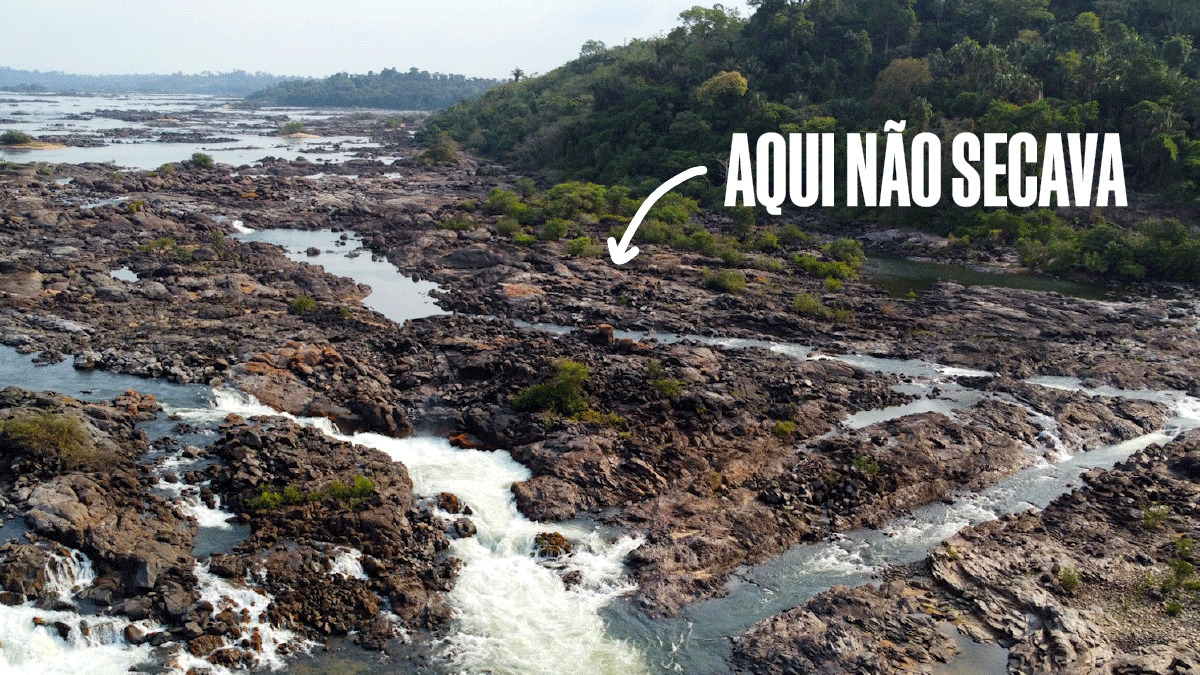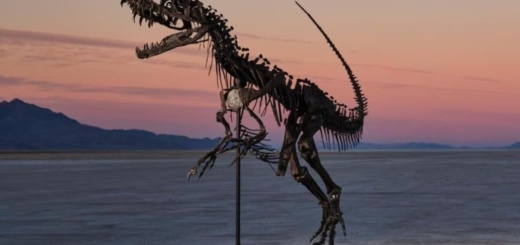Groundbreaking study extracts ‘time capsules’ to date the Amazon River

A project involving scientists from 13 countries has drilled deep underground in an attempt to date the Amazon basin and figure out how it became such a haven for biodiversity
Publicado: 08/05/2025 – The Brazilian Report – Fonte: https://bit.ly/3Yz3cHa
Texto: Euan Marshall

The Amazon basin is home to more than half of the remaining tropical forest in the world, making it one of the planet’s biggest non-oceanic carbon stores and giving it a crucial role in influencing global climate and temperature. It is also the most biodiverse place on Earth, with more than 3 million species of plants and animals (that we know about) living there.
But the matter of how Amazonia came to be so biodiverse remains an open question in science, having been studied since the days of Alfred Russel Wallace and Charles Darwin.
One research project, involving scientists from 13 countries, is seeking to unlock the answer — and potentially arrive at a date of birth for the Amazon River.
The leading hypothesis for the Amazon’s immense biodiversity is that the formation of the region’s major rivers and their tributaries created countless physical barriers that divided existing animal and plant populations, forcing them to evolve separately over millions of years and causing speciation.
“Plant and animal species typically are not distributed in a uniform manner across the Amazon; instead, they tend to be endemic to certain areas. There are lots of species that only exist to the north of the Amazon River, for instance, or only to the south,” explained geologist André Sawakuchi, a professor at the Geosciences Institute of the University of São Paulo.
Leia na íntegra em: https://bit.ly/3Yz3cHa




